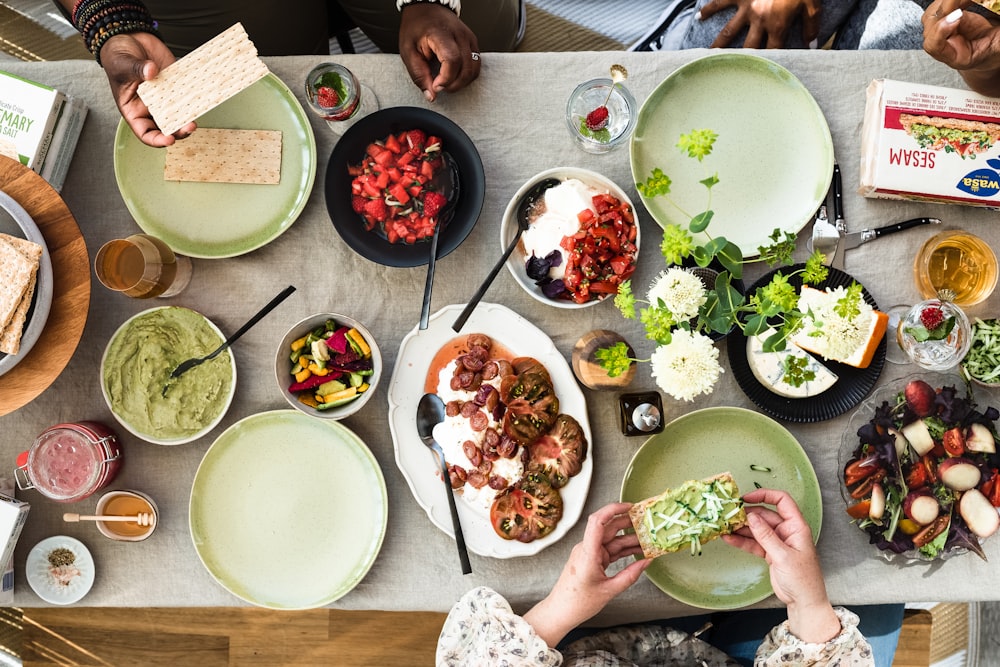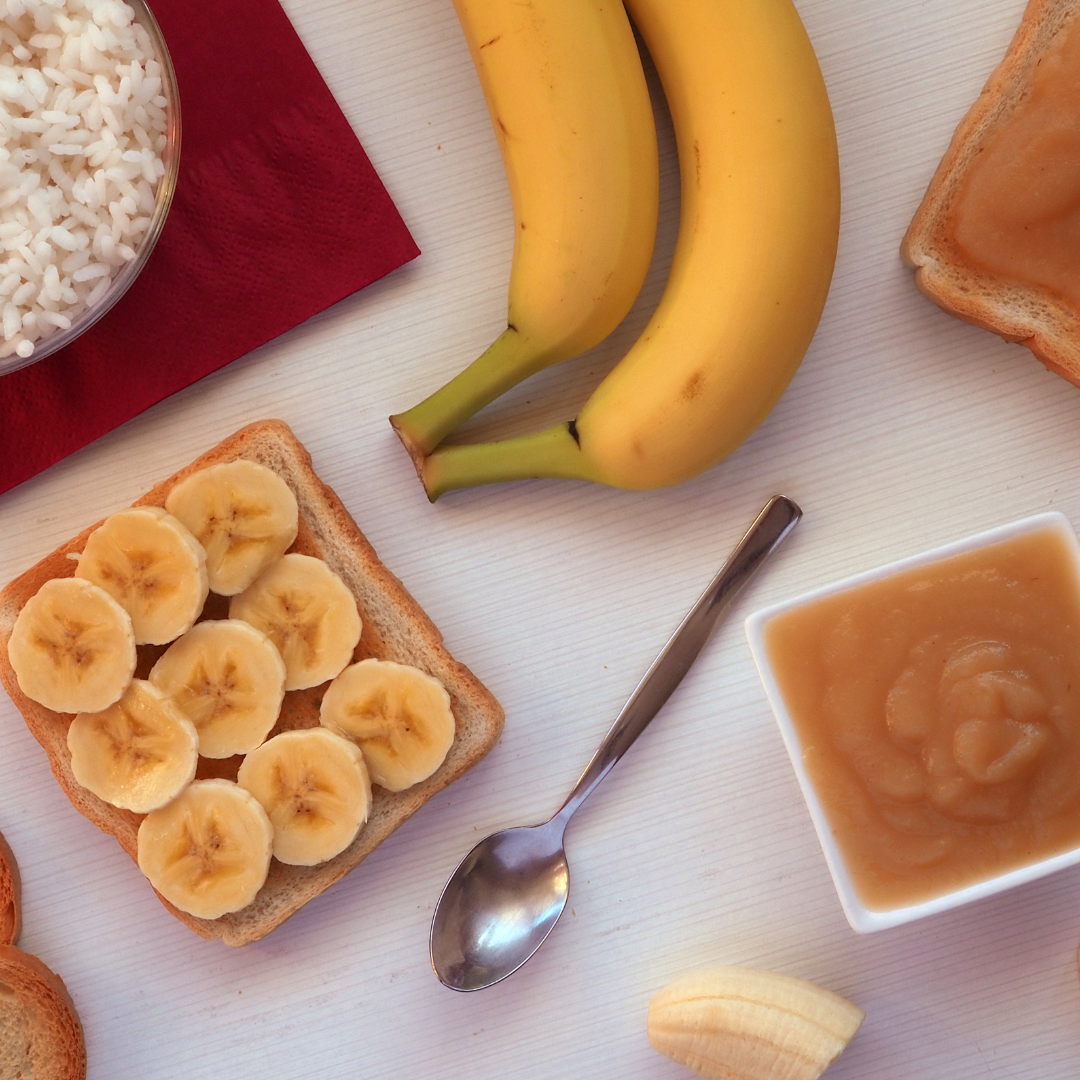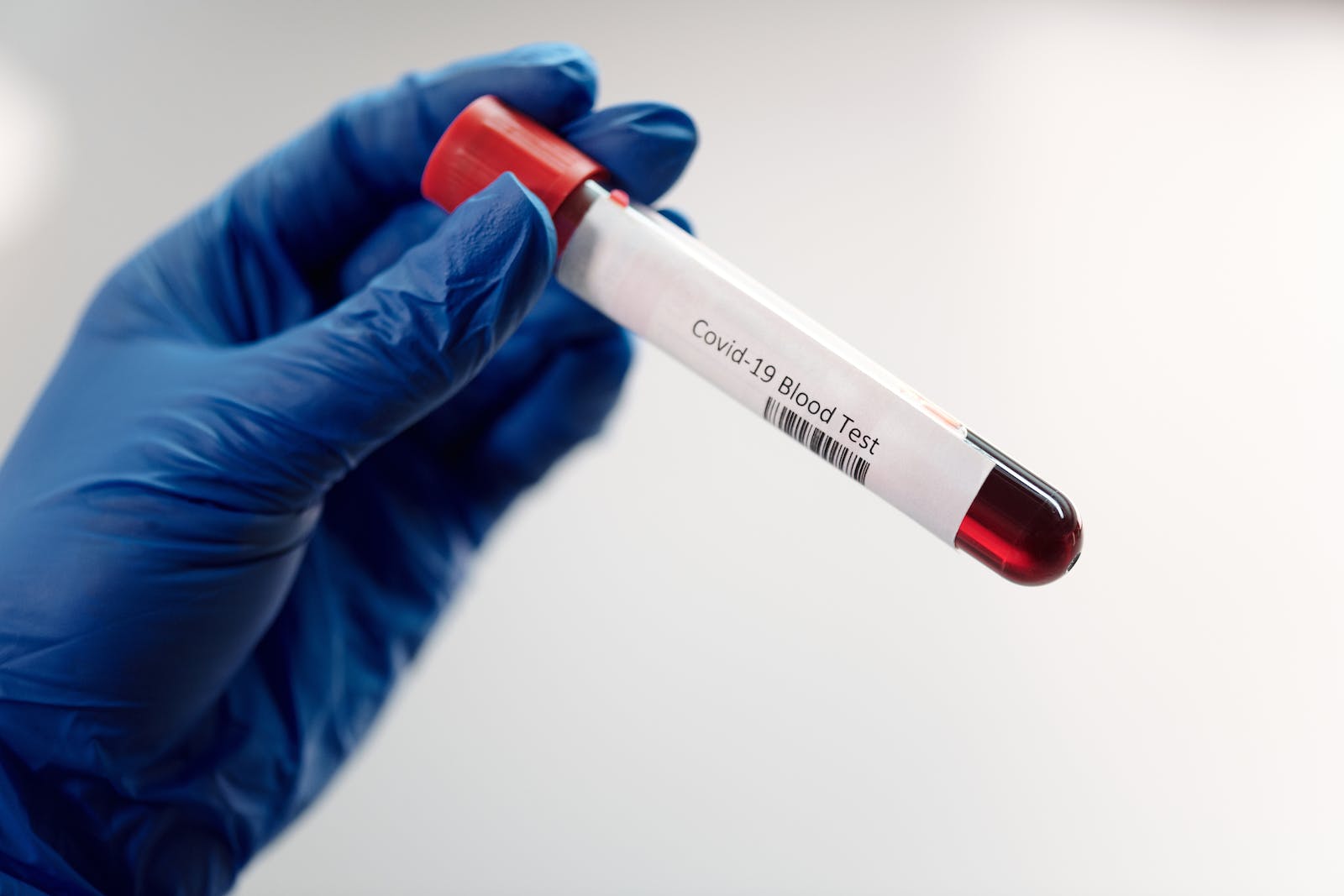
Many people seek to eat a healthy balanced diet, without fully understanding what that means. What we eat directly impacts our overall health. Whatever we decide to eat can affect how we feel, both physically and mentally. A poor diet can leave you feeling tired and sluggish with brain fog, and make it difficult to pursue your favorite activities. Not only that, an imbalance in your gut microbiome due to a poor diet can negatively impact your mood, exacerbating symptoms of depression, ADHD and anxiety.
The long-term health consequences of a poor diet can be devastating and could lead to obesity, mental health disorders, heart disease, mobility issues, and other long-term diseases that severely impact your quality of life as you get older.
Most of us understand that vegetables, fruits, whole grains and lean protein are what make up a healthy diet, but with so much conflicting information out there, it can be difficult to determine if the diet you’re following is actually a healthy balanced diet. If you have food sensitivities, it can make figuring out how to follow a healthy balanced diet even more challenging.
Fortunately, adhering to a diet that’s healthy and balanced does not have to be overly complicated. If you’re ready to clean up the way you eat, read on to learn what exactly a healthy balanced diet looks like.
What Does it Mean to Eat a Healthy Balanced Diet?
What do nutritionists mean by ‘healthy and balanced’ diets? When we talk about a healthy and balanced diet, we are referring to two important needs we must meet for our bodies: our daily caloric intake and our nutrient intake.
There are a number of factors that contribute to your daily caloric needs. Your age, size, height and gender all play a role in how many calories you need to consume to stay healthy, but there are other factors to consider as well. Your lifestyle will obviously partly determine how many calories you need day to day. For example, if your job is mostly sedentary, you don’t participate in any sports and exercise infrequently you will need fewer calories than someone with a very active job that keeps them moving all day or someone who lifts weights or runs track.
Finally, your genes are also going to impact your daily caloric needs. Someone with a genetically high metabolism, for example, will likely need to consume more calories than someone with a slower metabolism. Your genes also make you more or less suited to a specific diet type. For example, some people are genetically more sensitive to carbohydrates. Others are best suited to eat a low-fat diet, or a healthy balanced diet.
You can find out more about your genetic makeup and how it potentially affects your metabolism, nutrition and fitness by taking a DNA test from CircleDNA. Not only that, this DNA test can advise you on what type of diet suits you best, based on your genetic makeup.
Although caloric needs vary from person to person, there are some useful guides you can use as a starting point. Health experts at Eat Right recommended a daily caloric intake of approximately 2200 – 3200 calories for men and 1600 – 2200 calories per day for women. These numbers are lowered slightly if your dietician is helping you plan a diet that will result in weight loss.

What Are Some Health Risks of an Unbalanced Diet?
Failing to eat a healthy balanced diet often contributes to serious health consequences.
Obesity, mental health issues, heart disease, high cholesterol, high blood pressure and atherosclerosis frequently occur in individuals who consume a diet high in saturated fats and processed carbohydrates over the long term.
Not only that, a high-carb diet can lead to the onset of type II diabetes mellitus.
Chavi Kramer, RD, MPH at Sweetch, explains, “A high carbohydrate diet refers to more than 70% of total energy coming from carbs – the general recommendation for how many carbohydrates a person should eat is relatively high (40-60% of total energy), so it’s actually quite difficult to get to this large amount. For people without diabetes, a diet high in carbohydrates doesn’t necessarily lead to or increase the risk of diabetes. However, a diet that is high in carbohydrates with a high glycemic index or rich in simple sugars is more likely to lead to larger spikes in blood glucose levels, which in turn can result in more insulin being produced by the pancreas.”
“For people who are already at high risk due to a genetic predisposition, obesity, a sedentary lifestyle or a propensity for smoking, high insulin production can eventually result in the insulin becoming less sensitive, or insulin resistance, making it harder to bring down blood glucose levels and increasing the risk of developing type 2 diabetes.”
Kramer continues, “To reduce the risk of developing type 2 diabetes, it’s important to choose carbohydrates that are high in dietary fibre and combine them with healthy fats and proteins to avoid these highs and lows in blood sugar.”
All Calories are Not Created Equal
Finally, when we discuss what a healthy balanced diet is all about, we need to understand that not all calories are created equal. We need to address the nutrient content of the calories we consume, and how they contribute to a healthy balanced diet.
We need certain nutrients to stay healthy, and some foods, even ones that are lower in calories, are nutrient-poor. Some examples of nutrient-poor foods include chips, sugary soft drinks or juices, baked goods and pastries.
Meanwhile, many foods are nutrient-dense foods, meaning that they are lower in calories but contain many vital nutrients, vitamins and minerals. Whole foods are typically considered nutrient-dense. Peas, lentils, fruits and vegetables are just a few staple foods that provide plenty of nutrients for little caloric intake.
On the other hand, foods like avocados, eggs, nuts, and healthy oils such as olive or avocado oil are both calorie-dense and nutrient-dense, meaning that they contain a higher number of calories but are also high in nutrients.
Balance is the key word here. The goal should be to meet your caloric needs without sacrificing your consumption of nutrients like healthy fats, vitamins and minerals. This is a big part of what a healthy balanced diet is all about.

How to Achieve a Healthy Balanced Diet
In order to achieve and maintain a healthy balanced diet, it’s important to reduce or limit your intake of saturated fats. Foods like cakes and cookies as well as cured meats (such as salami), butter, fatty cuts of meat (such as high-fat pork or lamb), and cheese are high in saturated fats and should be eaten in moderation. Swap them out for leaner sources of protein such as chicken, turkey, tofu, lean beef and Greek yogurt. Consider healthy unsaturated and poly-unsaturated fats from sources like fish, avocados, flax seeds and olive oil.
Additionally, including plenty of fruits and vegetables in your healthy balanced diet will help you feel your best, especially leafy greens such as spinach, kale and chard.
So, does a healthy and balanced diet mean that you need to give up carbs completely? As explained by Ruth Pupo Garcia, an RDN, CDCES, and CSOWM from Adventist Health White Memorial, “It really depends on the type of carbohydrates consumed – and the overall health of the person consuming them. For example, fruits can be a healthy choice and source of carbohydrates, but donuts are another story. If a person is at risk for diabetes, a high carbohydrate diet can cause weight gain and increase [the risk of developing] the disease.”
Garcia continues, “High carb intake can be very unhealthy…because often they are a source of added processed sugars and refined grains, causing excess weight gain, and increasing insulin resistance, meaning excess fat blocks insulin causing high blood sugars.”
Eating a Healthy Balanced Diet: The Bottom Line
Moderation and balance are the key to a healthy balanced diet. There is no need to give up certain foods entirely (with the expectation of food allergies or food intolerances) if you understand what should be taking up most of the room on your plate. For example, when you’re eating a healthy balanced diet, your plate’s pasta section should be smaller than your plate’s vegetable and protein sections.
There are many diets out there you could follow if you want to eat healthier. The Mediterranean diet has been a popular choice among dietitians and medical professionals for many people due to its emphasis on whole foods that include healthy fats, protein and selective carbohydrates. If you’re considering adopting a new diet plan, be sure to check with your health care provider before making any changes to ensure that you’re following a diet plan that is right for you.
Remember that you can find out which type of diet suits your genetic makeup best, by taking a CircleDNA test and reading your diet and nutrition reports from CircleDNA.







This Post Has 5 Comments
Comments are closed.